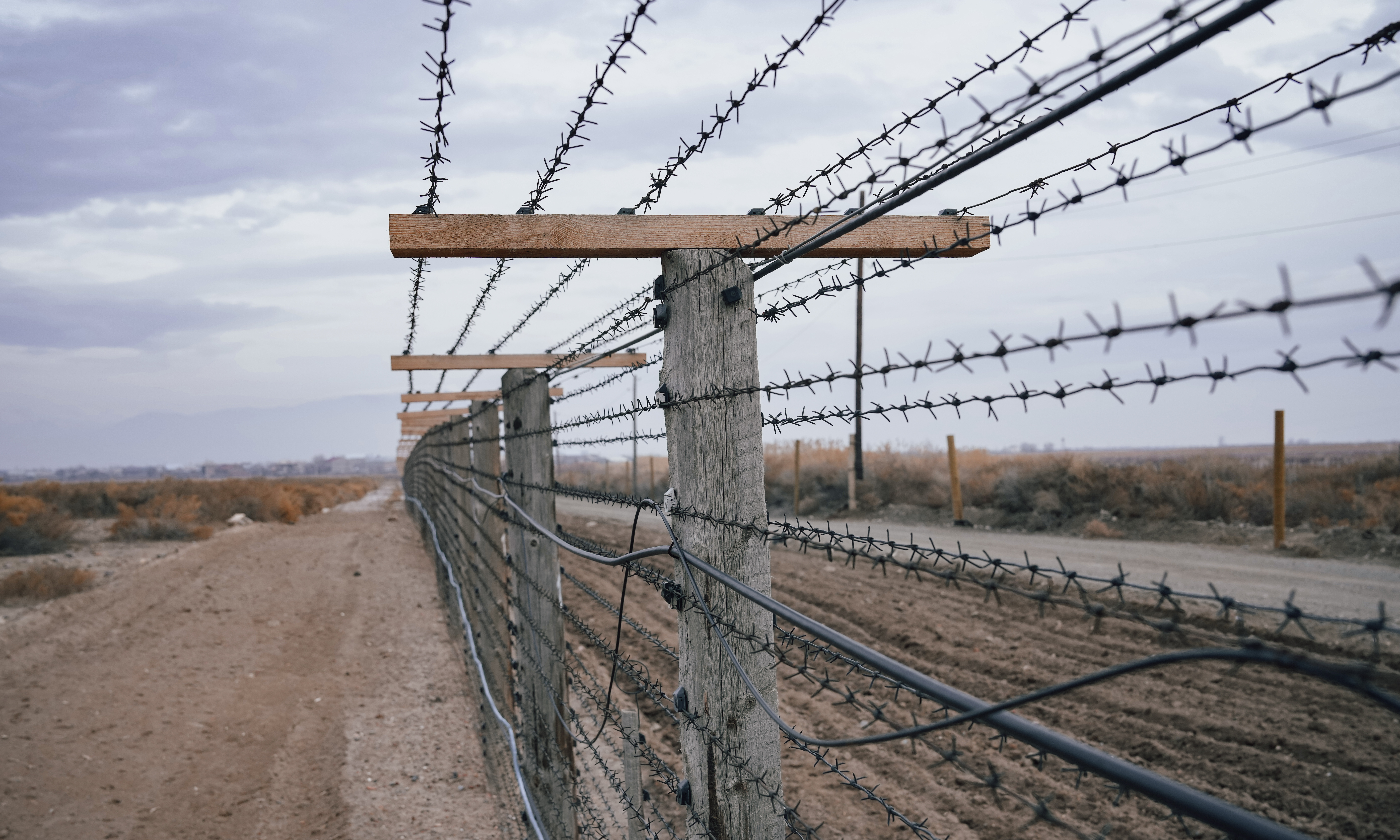 In just one year, a record 16,290 Indian citizens were taken into United States custody at the Mexican border.
In just one year, a record 16,290 Indian citizens were taken into United States custody at the Mexican border.
Before this, the previous high was 8,997, which was recorded in 2018. So why the spike?
Experts point to a number of factors, namely rising tensions in the now Bharatiya Janata Party-ruled India. There, religious minorities like Sikh Muslims, Christians, and ‘low-caste’ Hindus face discrimination at the hands of extreme Hindu nationalists. Others, like India’s LGBT community, also face heightened threats of violence from extremists.
Meanwhile, growing unrest amidst supporters of the secessionist movement and farmers from the Punjab region has also fueled heightened tensions as well as the persecution of outspoken political critics.
Deepak Ahluwalia, an immigration lawyer who has represented Indian nationals in Texas and California, explains that many of the families entering the country today are not just searching for the ‘American Dream’ but rather hoping to escape mounting dangers in their own country. “While some migrants are coming to the US for economic reasons, many are fleeing persecution back home,” he says.
How Have Pandemic Era Restrictions Affected Border Crossings?
Another reason for this spike — specifically along the U.S.-Mexico border — is that the Biden administration was set to change pandemic-era restrictions across the border.
In November 2022, a federal judge first struck down the Title 42 policy that had formerly prevented migrants and asylum seekers from entering the country at the border. The judge called it ‘arbitrary and capricious,’ and the restriction officially expired on May 11.
As a result, the country has seen a rise in families trying to enter the country at the border, where they are legally allowed to seek asylum if they flee their home country due to legitimate threats of persecution.
To accommodate this spike, the Biden administration initially unveiled a web of policies that were supposed to expand opportunities for migrants to enter the U.S. legally but ultimately added additional restrictions on asylum in an effort to deter migration.
Some of these options included traditional refugee resettlement, family visa programs, sponsorship initiatives for people entering from certain countries, plus temporary work visas.
Uncertainty and Challenges Beset Asylum Seekers
Previously, under Title 42, officials at the U.S.-Mexico border were legally allowed to expel migrants without processing their asylum claims. As a result, over 2.7 million individuals had their cases dismissed in just over two years while the policy was in effect.
The good news is that the Biden administration has also launched an initiative to speed up the initial asylum screenings that migrants must undergo to qualify for legal residence in the United States. Now, migrants enrolled in the program can be interviewed by U.S. asylum officers over the phone while in Border Patrol custody.
The U.S. Citizenship and Immigration Services also temporarily reassigned nearly 480 employees to help the 1,000-member asylum officer corps currently employed to conduct these “credible fear” interviews.
Nevertheless, from start to finish, the application process for those seeking asylum can still take years. So, if you or a loved one is looking to seek asylum, the best way to ensure that your rights are protected is to work with a qualified attorney every step of the way.
If you have faced discrimination or any challenges in your admission to the United States, don’t hesitate to reach out to Singh Ahluwalia Attorneys at Law. Our team is here to help you report any unfair treatment at the border or while being held in a U.S. facility.
Call (559) 878-4958 or contact us online to schedule your confidential case review with no obligation.









